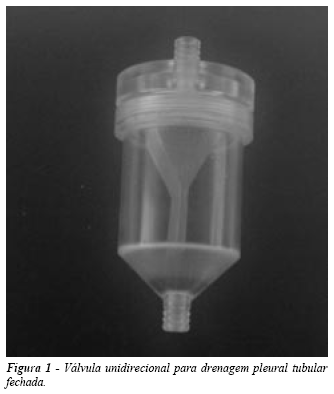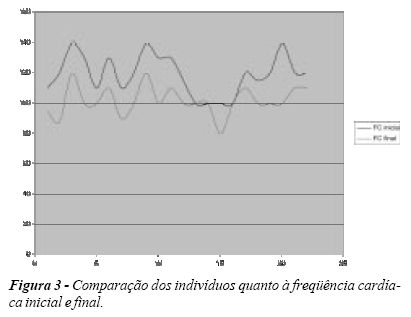BACKGROUND: The purpose of this study is to present an one-way valve mechanism to replace the underwater seal for pleural drainage, currently used in the prehospital attendance, as well as document preliminary results of its initial use at SAMUCampinas/ SP/Brasil. METHODS: Twenty two pleural drains with the valve were carried out, all of these in prehospital environment, in patients who suffered thoracic trauma or spontaneous pneumothorax, in a prospective not randomized trial. RESULTS: The total volume output drained through the valve ranged from 0 to 1500 ml, mean 700 ± 87,4 ml, in an average time lag of 18 minutes (± 1,1 minutes - ranging from 8 to 26 minutes). The initial and final cardiac frequency was 120 ± 2,7 bpm and 100 ± 2 bpm (p 0,00), respectively , whereas the initial respiratory frequency was 24 ± 0,8 ipm and the final was 15 ± 0,3 ipm (p 0,03). Only two mechanical failures were registered, one of which was corrected by the substitution of the defective valve, showing a 95,4% success ratio. CONCLUSION: Taking into account the initial and final physical examination, as well as the output quantification, it can be concluded that the valve is efficient and functional, and safe in the pre-hospital emergencies.
Drainage; Emergency medical services; Thoracic injuries




